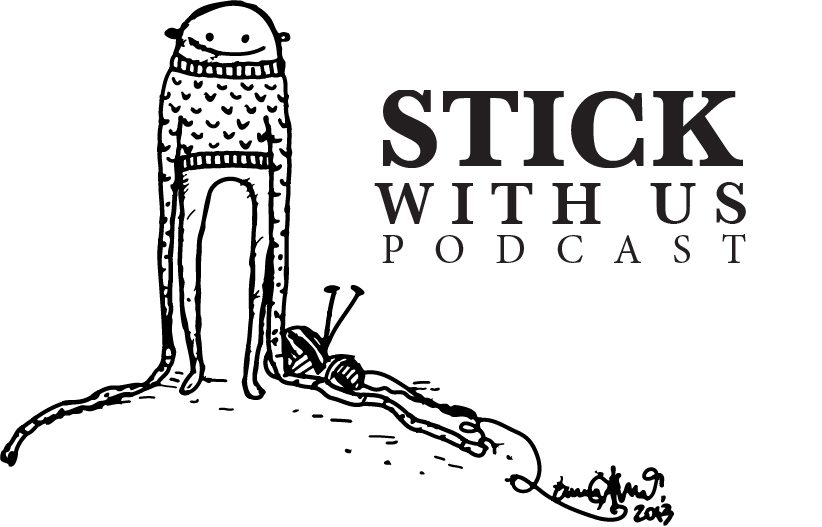1. When did you start dyeing wool and who taught you?
Around 3 years ago, I started out with natural dyes, mostly using foraged material from around my home, but then diversified in to acid dyes. I picked up the basics from an excellent Interweave download, and the rest I taught myself. I used to be a science teacher, and mixing dyes is very like science.
2. What dye do you use and where do you prefer to by you wool from?
I mostly use acid dyes now, I started out with natural dyes, but would have foraged the countryside bare by now if I carried on. Acid dyes aren't as environmentally unfriendly as people might imagine, done correctly all the dye powder should end up stuck to the wool, so there's no wastage. I buy my wool from a variety of UK sources, I enjoy tracking down the sightly more unusual things on offer, and buy from a number of small family run firms.
3. Do you have a favourite sort of wool to dye and what sort do you prefer to spin, from roving or batt?
That's a really hard question. I love the depth of colours I can get on silk and camel/silk blends, but getting the fibre evenly dyed is very hard as the silk sucks up the dye very quickly.
I love the effect I've been getting from a BFL Ramie blend, the BFL sucks up the dye, and the Ramie, being a plant fibre, doesn't so you get beautiful variation. I enjoy dyeing coloured wools most, you get such beautiful depth of shade, it makes for a very interesting yarn.
As to what I prefer to spin, it depends on the yarn I was after. When I first learnt to spin I thought I didn't like batts, but I now realise I had the misfortune to buy some really bad ones. My most relaxed spinning is probably from my handblended roving that I diz off the drum carder, it's effortless to spin.
4. Where do you find to inspiration for your colorfull rovings?
I take a lot of my inspiration from nature and the world around us. I run workshops here in the UK about the colour theory I use, and helping people to create blends that they enjoy wearing. The very bright clashing fibres look lovely in the braid, but are tricky to spin in to nice looking yarn, and often aren't in colours we wear. Many of us have quite muted wardrobes so I try to create blends that will go with the clothes people like to wear, and will make them look good.
5. Do you have a studio to work in when you dye?
Most of my blending work is done in my home, I have an office space in the corner of my bedroom, and do my carding in the corner of my living room. I do my dyeing in a caravan in our garden though, it's great because dyeing is messy, and this way I can close the door and not worry about the mess I've made.
6. And last - for our listeners who are interested to learn how to dye their own wool or yarn, what is your best suggestion how to go about it?
Food colouring or Kool Aid are a great way to try out dyeing in your own kitchen, there are some great Ravelry groups focusing on this method of dyeing. Natural dyeing is also a good way to try out dyeing, it can be a bit smelly though. Jenny Dean's book "Wild Colour" is an excellent starting point. Use a fibre that's resistant to felting, superwash treated wool is good while you're learning, that way you won't have to worry too much about felting.

Inga kommentarer:
Skicka en kommentar